I was recently reminded that the body doesn’t care about our timelines. It’ll dictate the timeline. And, in fact, if we try to rush the timeline, it’ll prolong it.
This is a story about my Achilles flare-up, and it actually started in the spring.
I didn’t play any tennis over the winter, and because of the weather — along with my garage gym setup — running and doing dynamic work was (and still is) a challenge. Apart from some in-place jumping, there’s not a lot I can do dynamically.
Usually, when I play indoor tennis, I’ll do a plyo/sprint workout beforehand.
However, with no tennis, I spent more time lifting weights and using the airdyne bike. Both are great for general health and fitness — and can be an integral part of an entire physical preparation program — but in a vacuum, they’re not ideal for sport prep.
Once spring came around, I restarted running, sprinting, plyos, and some tennis.
And that’s when my Achilles flared up.
I’ve never had Achilles problems in the past. It was never even a consideration. If I had to guess, I’d probably attribute the absence of lower-body ailments to my regular plyometric and sprint work.
But the combination of doing fewer plyos, adding close to 10 lbs of muscle mass, and diving into running/sprinting at a higher frequency and intensity than my body could handle was just the right mix to aggravate the Achilles.
We can take away a few of lessons from this:
Keep up with the dynamic work. This is especially true if playing sports, running, or tennis is important to you. You might reduce some of that work during the winter (or when your aim is to increase strength and power), but if you plan to do dynamic things, continue dosing the dynamic work at all times.
Progress more slowly than you think. If you do take a lengthy break, ramp up the dynamic training and sport participation in a progressive manner, listening to body cues in the process. For most, it’ll be a lot slower — and longer — than expected.
Be flexible with your plan - Just because something on paper says you have to add 5 km per week to your running totals or X number of hours to your on-court tennis play doesn’t mean you need to force those progressions. The body will dictate the rate of progress, so you need to adapt the plan on-the-go.
The last point is especially true if you’re getting signs from your body to slow down.
Before my Achilles really flared up, it was getting a bit tender. But I thought — I’m (fairly) young, have a large history of training — it’ll pass.
It didn’t.
It’s better now, but I had to dial things down for a few months before slowly ramping things back up.
It was an interesting process, as I rehabbed it myself (something I’ll probably share in a future post).
But most folks don’t want to take three months off from an activity that they love doing. And players especially don’t have the luxury of taking three months off from tennis to test out various rehab protocols.
It’s better to slow-cook the process from the start — instead of doing too much, too soon.

